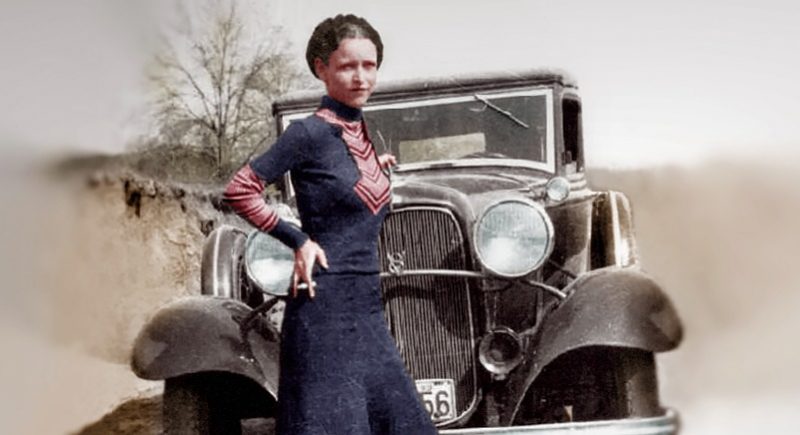History is full of stories of violent gangsters, getting wealthy and committing heinous crimes, and we love to watch the rise and fall of these characters safely from our living rooms.
Many times, the women in these stories are secondary players, beautiful and tragic, but never part of the action.
In this list, we discuss women who have broken out of the mold to run their own criminal empires, rising from rags to nefarious riches, and who have themselves become legends.
Ma Barker
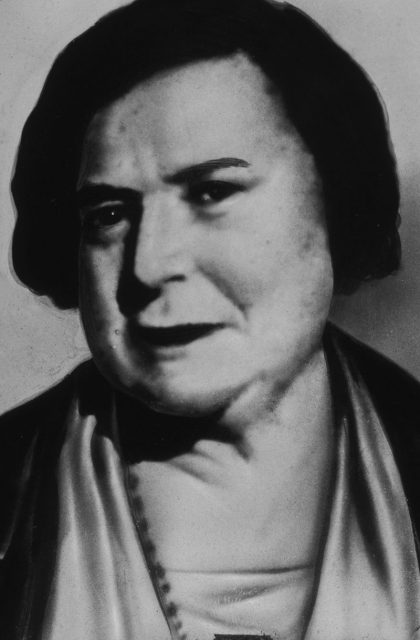
Described by J. Edgar Hoover as “the most vicious, dangerous and resourceful criminal brain of the last decade,” Ma Barker was the matriarch of the notorious Barker gang, and its alleged mastermind.
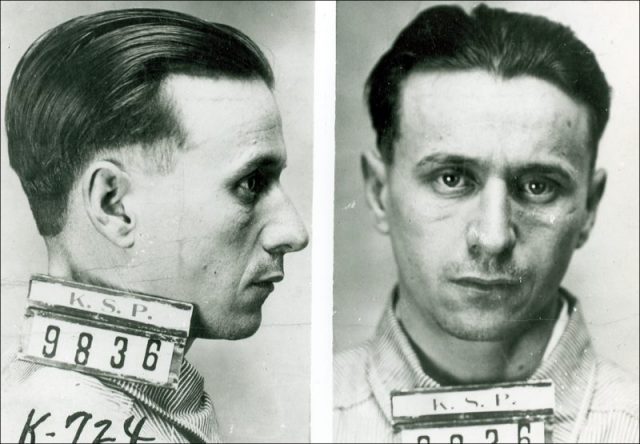
Contrary to the legend, Ma was in truth nothing more than an accomplice, helping the gang by paying bills and renting houses, allowing them to travel with a veneer of respectability.
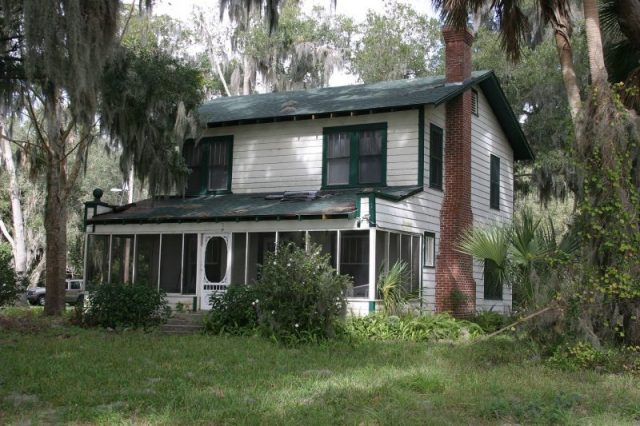
The image of this middle-aged woman running a violent gang of robbers captured the public’s imagination and served as a convenient alibi for the law enforcement who killed her in a shootout in 1935.
Stephanie Saint-Clair
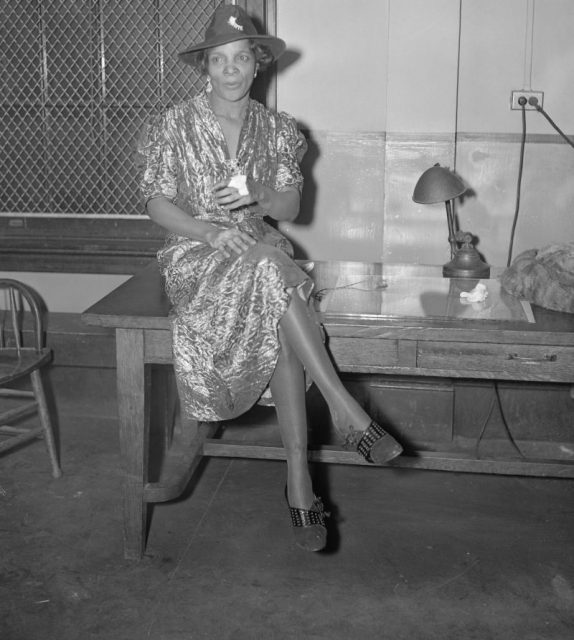
Madame “Queenie” Saint-Clair was the queen of the numbers in Harlem during the early 20th century, becoming not just one of the most influential gangsters in Harlem but also a community leader and advocate for African-American rights.
Saint-Clair used her wealth to reinvest back into her community, employing vast numbers of men and making sure they were always dressed for the occasion.
When mafia don Dutch Schultz used a wave of murder and violence to try and take over Harlem, rather than submitting, she burned down his betting shops and tipped off the police to his activities.
Frederika Mandelbaum
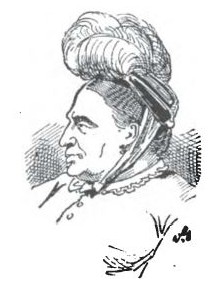
Called by the press at the time “the nucleus and center of the whole organization of crime in New York City,” Fredericka “Marm” Mandelbaum came up from abject poverty to rule over one of the largest criminal enterprises-New York had ever seen.
Ostensibly a purveyor of dry goods, Marm would not be caught doing the dirty work but employed a legion of pickpockets, safecrackers, and con-men to fund her criminal empire.
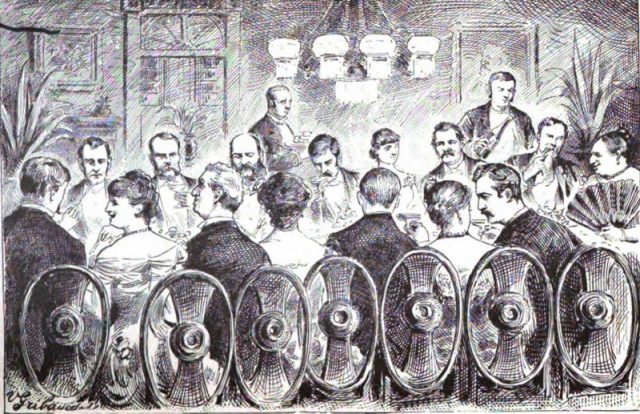
At one point, Marm financed a “crime school” where children were taught to pickpocket from established thieves. Those who showed promise, such as master thief Adam Worth, were trained to pick locks and crack safes.
Marm was so well respected in the community that when she was finally arrested, she was able to escape to Canada with $1 million in cash and jewels.
Bonnie Parker
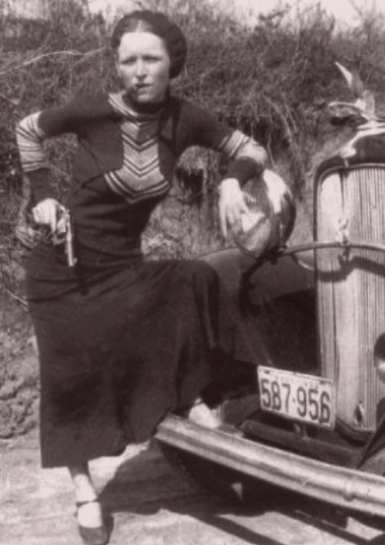
On January 5, 1930, Bonnie Elizabeth Parker met Clyde Barrow, and the two instantly fell in love.
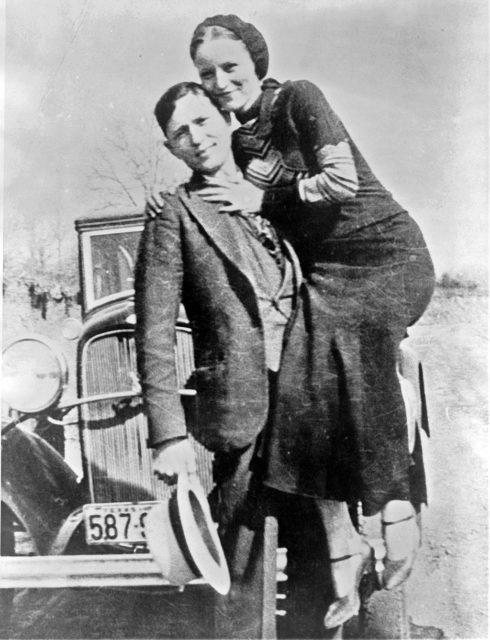
Along with the rest of the Barrow Gang, Bonnie and Clyde would embark on a crime spree that would lead to murder and ultimately the violent deaths of America’s most notorious lovers.
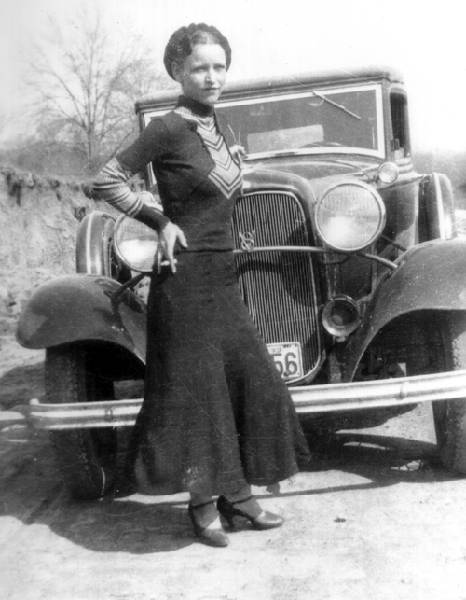
They rose to infamy when a newspaper published a series of photo’s showing the gang posing with guns; the images created a myth around Bonnie that she was a cigar smoking shotgun wielding gangster’s moll, but in reality, she is not known to have fired a gun during a robbery and preferred to smoke Camel cigarettes.
Kathryn Kelly
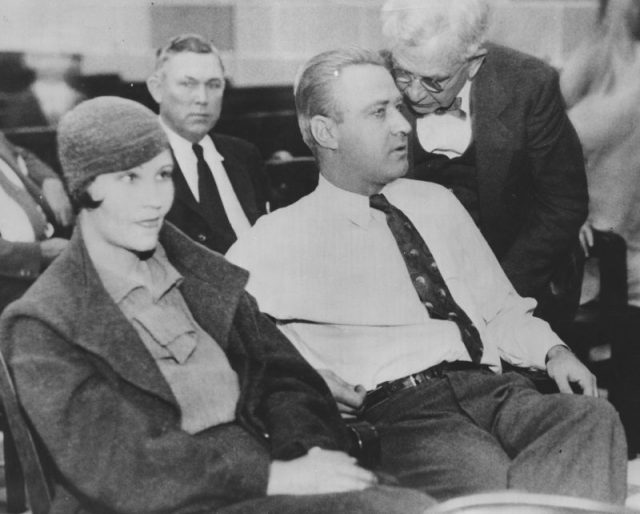
Already an experienced criminal and probable murderer by the time she met and married George Kelly, it was Kathryn who bought him a Thompson machine gun and gave him his nickname, “Machine-Gun Kelly.”
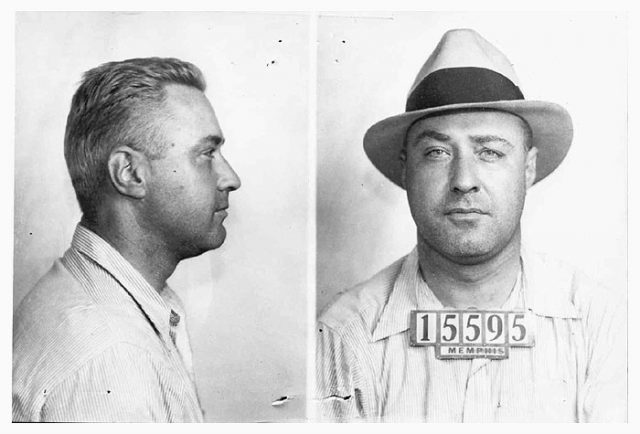
Originally bootleggers operating out of Fort Worth, they successfully kidnapped oil tycoon Charles F. Urschel and held him to ransom for $200,000 (around $3.78 million today).
They were captured and sentenced to 25 years in jail. Kathryn served her time and spent the rest of her days in Oklahoma City working as a bookkeeper.
Alice Diamond and the Forty Elephants Gang
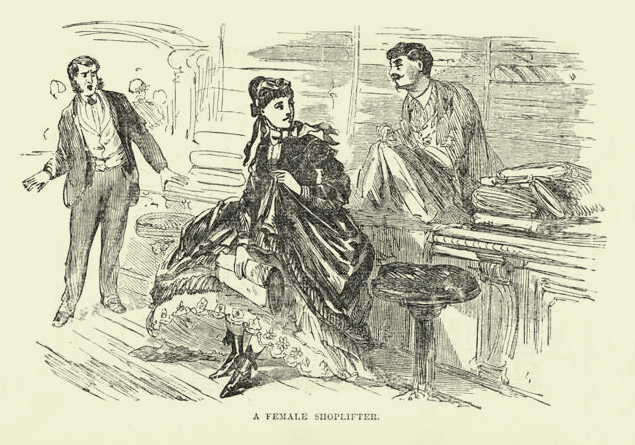
Although Alice Diamond was born into poverty in 1896, she had the kind of aspirations that would lead to riches and infamy as the Queen of the Forty Elephants.
The Forty Elephants, so called because they all lived within half a mile of the Elephant and Castle pub, were a wildly successful all women gang of shoplifters who became known by the police as the “cleverest gang of hoisters in London.” The gang worked hard and partied even harder, emulating the glamour and excess of the flappers of the era.
They were known associates of the Elephant and Castle mob but, as the Daily Mail reports “There was one unbreakable rule: The Forty Elephants stood by their own. They were a clan, and all outsiders were enemies.”
Maria Licciardi
When her husband died, and her brothers were arrested, Maria Licciardi became the head of the Licciardi Clan, part of the Camorra based in Naples, Italy.
Read another story from us: Frisky Business: Prostitution in America at the Turn of the 20th Century
Licciardi, known as “La Madrina” (The Godmother) oversaw the unification of the Camorra Clans leading to an era of prosperity and tenuous peace that lasted almost a decade. Things came to a head in 2000 when nearly 120 people were killed in a gang war that engulfed La Madrina and led to her arrest. Licciardi is still alive and in prison, ruling her clan from behind bars.
